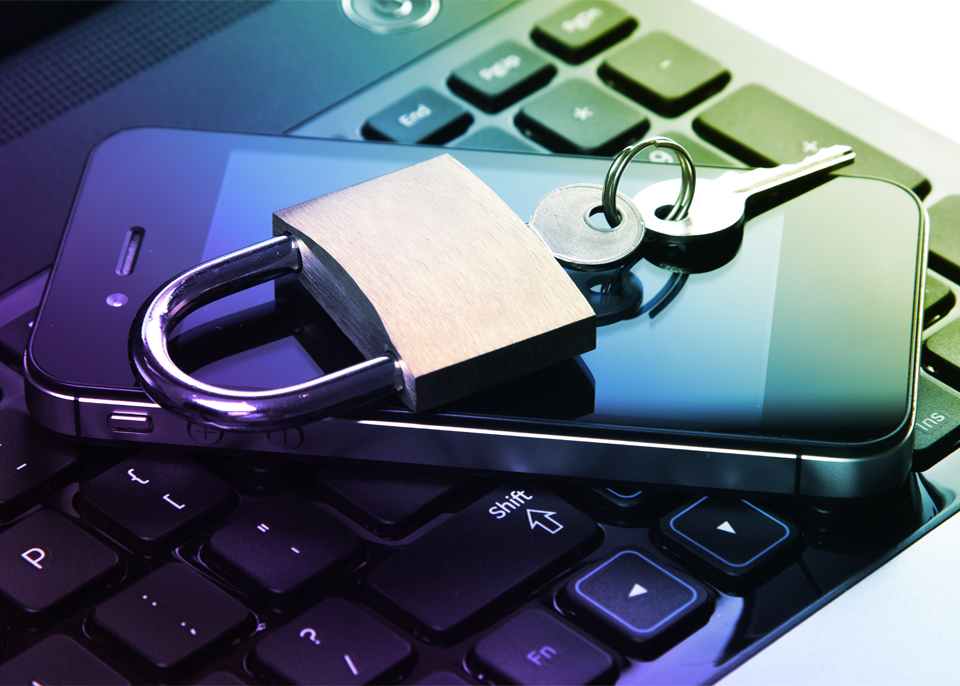VULNERABILITY ASSESSMENTS
We want you to stay one step ahead of the bad actor’s. With a vulnerability assessment, your organization will gain valuable insights on any security weaknesses in your environment and address them before the hacker’s can exploit them.

WHAT IS A VULNERABILITY ASSESSMENT?
A Vulnerability Assessment (VA) is a comprehensive process that identifies, quantifies, and analyzes any security weaknesses in your IT infrastructure. By means of this evaluation, a determination of system susceptibility to any known vulnerabilities or threats, along with recommendations for remediation or mitigation, are revealed.
There are several types of vulnerability assessments.
- Host – looks at critical servers and workstations.
- Network and Wireless – discover unauthorized access of devices or unknown users.
- Database Assessments – discovery of misconfigurations, rogue databases or insecure dev/test environments, etc.
- Applications Scans – website applications and their source code.
The Security Scanning Process
-
Vulnerability Identification (testing) – Simply put, this step provides a comprehensive list of an application’s vulnerability.
-
Analysis – to identify the source and root cause of items in step one.
-
The Risk Assessment – prioritizes any vulnerabilities by assigning a severity score.
-
Remediation – the closing of any security gaps identified.


Benefits:
-
Validate effectiveness and health of current security safeguards, system updates and upgrades.
-
Understand the risk level of your IT infrastructure and corrective actions needed to improve security posture.
-
Provides clear, actionable information on any identified threats before hackers find them.
-
Quantifiable value of risks.
-
Improves security and resource allocation buy-in from stakeholders.
Organizations That Need a Vulnerability Assessment:
-
Companies that want to know the health of their systems, applications, and cybersecurity.
-
Any company that has not had one done in the past year.
-
Companies looking to secure a cyber insurance policy or remain compliant with their policy.
-
Has data compliance requirements (GDPR, PCI DSS, HIPAA, etc.)
-
Companies wanting to prove to their customers and vendors that their systems are secure.
-
Companies that want to save time and money that a security breach can inflict.













